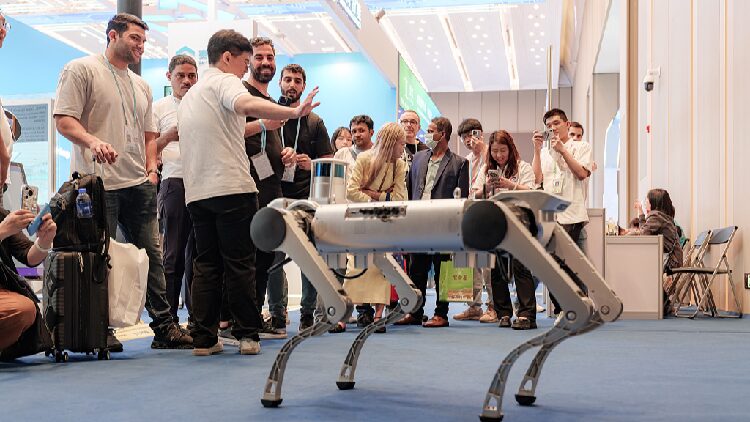On Thursday, U.S. President Donald Trump announced new “reciprocal tariffs,” imposing varying rates on trade partners worldwide. As part of this policy, the United States plans to levy a 34 percent tariff on imports from the Chinese mainland. While the semiconductor industry was spared in this latest tariff list, previous policies have already scheduled tariffs on Chinese semiconductors to rise to 50 percent by January 2025.
Despite increasing trade barriers, technology firms from the Chinese mainland are demonstrating resilience. Leveraging self-developed technological systems and expansive global supply chains, these companies continue to make significant strides.
In 2024, the semiconductor industry of the Chinese mainland achieved remarkable milestones. According to the General Administration of Customs, chip exports reached 298.11 billion units, totaling an export value of $159.5 billion—a year-on-year increase of 18.7 percent.
The global trade infrastructure of the Chinese mainland has also expanded rapidly. By May 2024, the Ministry of Commerce reported the establishment of over 2,500 overseas warehouses, covering more than 30 million square meters.
Long-term investments in fundamental research are now translating into core competitive advantages. Data from the Ministry of Science and Technology show that spending on basic research rose to 8.3 percent of total research and development investment in 2024.
As concerns mount over the impact of new U.S. tariffs, leading economists warn that these measures could destabilize domestic industries and impact the global economy. Facing potential fragmentation in global trade structures, analysts from the Zhejiang Institute of Industry and Information Technology suggest a phased approach toward technological self-sufficiency for the Chinese mainland.
In the semiconductor sector, the report recommends focusing resources on developing a fully independent supply chain for the mature 28-nanometer process, encompassing everything from EDA tools to photoresists. Additionally, it suggests enhancing performance through advanced chiplet packaging technology.
However, the report also cautions against a purely isolated approach—referred to as the “self-sufficiency trap.” It advocates for “open-source innovation” to attract global intellectual resources, emphasizing that collaboration remains key to technological advancement.
Reference(s):
cgtn.com








